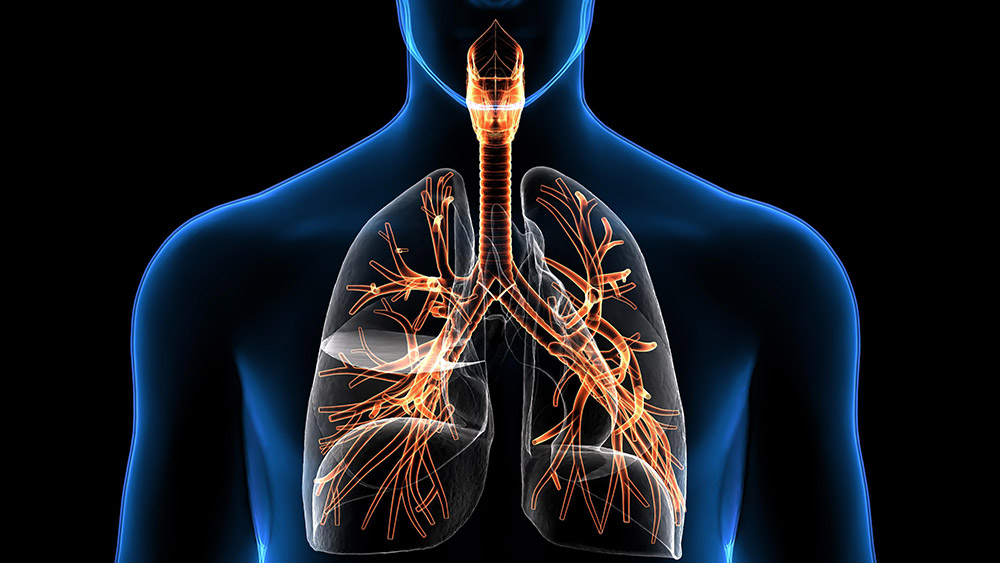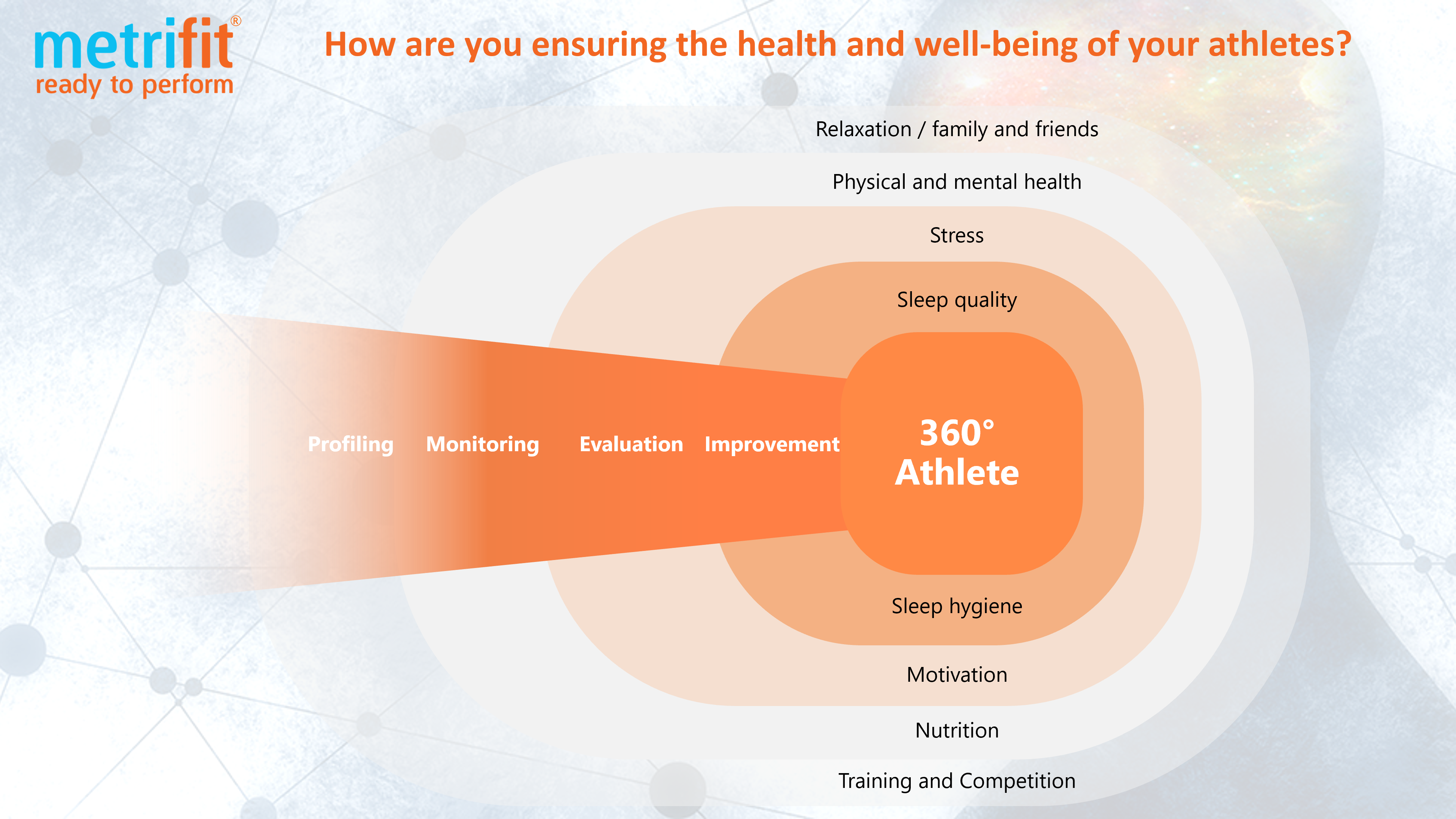The art of breathing

Each of us has the ability to tap into our innate function – the breath – to increase energy and focus, to improve resilience and to reach our full potential. The breath is the ultimate influence yet most of us take it for granted – Patrick McKeown, The Oxygen Advantage
Breathing is something you know how to do from a few seconds after you are born. Typically your body does this instinctively and on autopilot. But did you know that paying attention to your breathing while exercising can make a difference? Very often it is an area of training that is neglected as, not surprisingly, many of us take the issue of breathing for granted. However, many experts point out that breathing is not something we should do without thinking, and that we need to make a conscious effort to get it right.
Understanding Breathing
Your lungs allow your body to take in oxygen from the air when you breathe in and send carbon dioxide out of the body when you are breathing out. Your brain controls your breathing based on your body’s need for oxygen.
So what actually happens when you take a deep breath in?
Air travels down your windpipe and through the bronchial tubes into your lungs. The bronchial tubes branch into thousands of bronchioles which end in clusters of tiny air sacs called alveoli. Each of these tiny air sacs are covered in a mesh of blood vessels called capillaries which connect to a network of arteries and veins that move blood through your body. Carbon dioxide moves from the capillaries into the alveoli, traveling through the pulmonary artery. Then you breathe out and as you do this the diaphragm relaxes and moves upwards into the chest cavity. The muscles within the ribs relax which cause the chest cavity to shrink and this forces carbon dioxide to leave the lungs through the nose.

Types of Breathing
Shallow breathing or chest breathing involves drawing minimal breath into the lungs due to breathing in through the chest instead of the diaphragm. Diaphragmatic or belly breathing involves deep breathing through your nose fully filling your lungs as your lower belly rises. Most people are shallow breathers and many of us never take the time to concentrate on our breath and breathe fully and deeply. We are designed to take shallow breaths when we are in a stressful situation that activates our ‘fight or flight’ response, when we are experiencing an intense emotion or when we are nervous or stressed. We often hold our breath in these situations. These temporary situations can lead us to develop a habit of shallow breathing. Deep breathing and long exhale breathing has been shown in research to improve heart rate variability and stimulate your vagus nerve which helps reduce the ‘fight-or-flight’ response of your nervous system. Deep breathing also enables improved oxygen input which slows down your heart beat.
Effective Breathing during exercise
When you exercise, your body needs more oxygen and your breathing rate rises. As the intensity of your exercise increases, the muscles that control our breathing contract faster and stronger to help keep in line with your body’s need for increased oxygen. Elite athletes spend a lot of time fine-tuning their strength, endurance and skills but it is not as common place to work on training your respiratory muscles for optimal performance.
It is no surprise to learn that there are different types of breathing required for different types of sports. In terms of more effective training and getting that extra percentage out of your performance in competition, it is essential to employ the correct technique. In Breathe Strong Perform Better Alison McConnell outlines how athletes in a variety of disciplines should approach breathing during exercise. The study is synopsized by Jordan Shakeshaft in ‘How to Breathe for Every Type of Exercise’ . He sums up the importance of breathing correctly by pointing out that,
Proper breathing can also help athletes exercise longer with less effort, nix side stitches, and even calm the mind. With a little extra awareness—and some practice—that A game could be just a few breaths away.
When it comes to running, McConnell says that synchronizing the breath to running prevents the organs from putting unnecessary pressure on the diaphragm. She supports the 2:2 rhythm which is taking two steps while breathing in, and two steps while breathing out. McConnell also suggests breathing through the mouth while exercising as breathing through the nose makes it unnecessarily hard. When it comes to high-intensity sports involving regular impact of tackles, kicks or hits, McConnell’s advice is to take a deep breath and then brace the core.
Not only will this make us more difficult to knock over, it will also help protect the spine
In terms of strength training, the advice is to exhale during exertion, then inhale. She reminds us that holding a breath too long can impede the return of blood to the heart and raise blood pressure.
Brain over Body
Breathing techniques are a crucial part of swimming, but in addition, 23 time Olympian gold medalist, Michael Phelps, has spoken out about how breathing techniques helped him with his mental health. Dutchman Wim Hof has devised a breathing method combined with extreme cold; the benefits of practicing this are said to include reducing stress, boosting energy, increasing endurance and fortifying the immune system. 9 elite athletes tested the Wim Hof method at a workshop in Dublin in March 2019. Fundamental to Wim Hof’s theory is that by concentrating on specific breathing techniques you can distract yourself from the cold. Ireland women’s field hockey international Nicci Daly had this to say about the workshop
It’s incredible how, when you focus your mind on something other than the problem, you overcome it. Taking my attention away from the fact that the water was cold, and instead focusing on the breathing, was the biggest lesson for me. It allowed my whole body to relax instead of getting all worked up.
In the The Oxygen Advantage Patrick Mc Keown outlines nasal breathing techniques that are scientifically grounded to enhance the release of oxygen to muscles, organs and tissues. Thousands of people have been trained in these techniques including elite athletes and navy seals. They are said to
- Improve Fitness
- Reduce Injury Risk
- Recover Quicker
- Improve Posture
- Sleep Better
- Strengthen Core Muscles
- Boost Mental Performance
You can find out more by watching The Oxygen Advantage: How to rethink the way you breathe.
So next time you are out on a training session with your team, why not take 10 minutes out of your schedule and talk about the importance of breathing.
When the breath is unsteady, all is unsteady; when the breath is still; all is still. Control the breath carefully. Inhalation gives strength and a controlled body; retention gives steadiness of mind and longevity; exhalation purifies body and spirit. – Goraksasathakam
Monitoring using Metrifit
Metrifit provides a simple and effective method for athletes to record their well-being and training response as part of its athlete monitoring package. Educating and empowering athletes to improve their lifestyle can pay huge dividends on the playing field. Metrifit’s new Lifestyle Profiling is akin to a ‘health check’ for your team. It provides invaluable insight into the well-being of your team with clear visuals that help you make informed decisions to prepare your athletes for optimal performance.

To find out more about our Metrifit Ready to Perform product or our new lifestyle profiling contact us at or click on ‘Request Demo’ below.
Follow @metrifit

An Exercise in Proper Breathing by Mike Kramer
How to Breathe for Every Type of Exercise by Jordan Shakeshaft
6 Breathing Exercises to Relax in 10 Minutes or Less by Jordan Shakeshaft
How to breathe when working out and running by Kellie Davis
Breathing During Exercise by Stew Smith
The Oxygen Advantage by Patrick McKeown
Patrick McKeown – The Oxygen Advantage: How to rethink the way you breathe
“Brain over body”–A study on the willful regulation of autonomic function during cold exposure
































 Previous Post
Previous Post Next Post
Next Post





